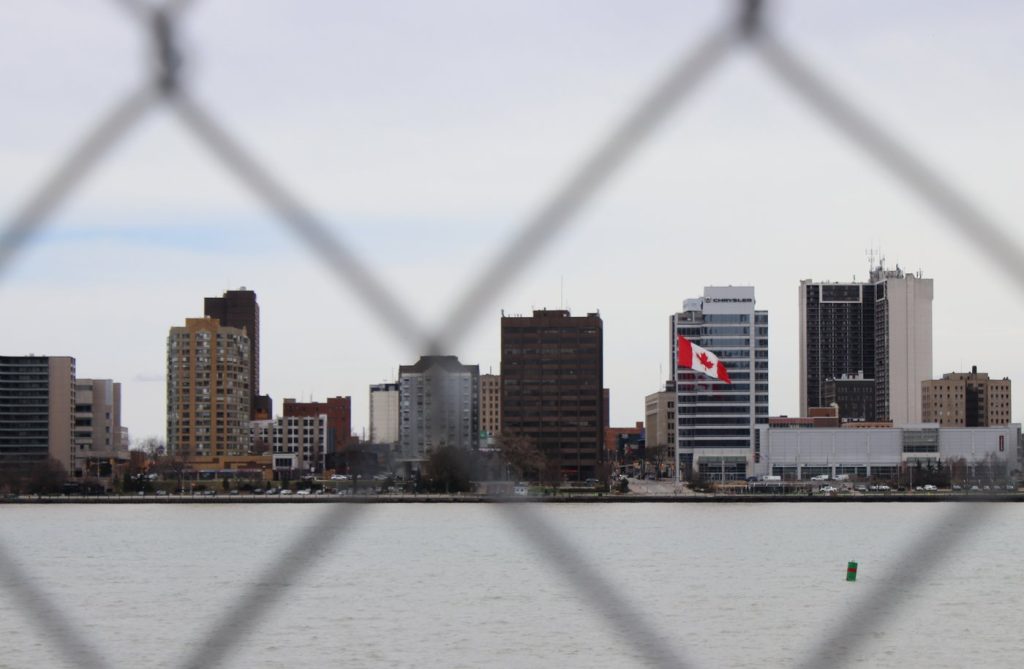Could ‘cluster care’ help reduce hospital, long-term care wait times in Ontario?

Posted March 4, 2024 8:37 pm.
Last Updated March 4, 2024 9:30 pm.
The COVID-19 pandemic highlighted the fragile state of the hospital and long-term care systems in Ontario, but many people — especially seniors — continue to be impacted by lengthy wait times.
However, advocates say a form of housing and support called “cluster care” should be invested in and expanded throughout Toronto and the rest of the province.
Toronto resident Susan Vickberg knows first-hand the problem of suddenly needing assistance.
“There should be more of this type of solution for people who are in a situation that I’m in — not ready for long-term care,” she told CityNews.
“I think it’s cost-effective. It’s also emotionally very healthy because there is no fear any longer in me about what’s going to happen. I know that I am taken care of.”
Vickberg worked in customer service for decades, drawn to interacting with people. However, her world came to a stop in September 2021 as she dealt with the effects of multiple sclerosis (MS).
“I collapsed. My life was saved by EMS and emergency … I only recovered to the point that I could get around using a mobility device,” she said.
“My doctors put me on permanent medical leave, so my job was gone. My plans for retirement, they literally disappeared because I now needed care.
“I had a job that I really enjoyed. I could no longer work. It was like having a death in a way. Part of me died.”
Vickberg, who was 68 at the time, could no longer live independently at her Queen West apartment.
“I’m a widow, I’m an orphan. I don’t have children. I had no one to turn to except the system that was in place,” she said.
Vickberg credited a social worker at the hospital where she was being treated for raising the possibility of going into a ‘cluster-care’ unit. She subsequently applied and was accepted, forcing her to downsize into a unit with just one main room and a washroom.
“I was intimidated and scared for a few minutes,” Vickberg said, noting staff quickly addressed her concerns.
What is ‘cluster care?’
Under “cluster care” at her new home in Leslieville, nine to 11 people live in each cluster — each with units like Vickberg’s.
There is a PSW station, a common kitchen, a small dining room and a living room. Meals are provided (there are two sittings at each meal to give more space). Social programming and activities are also included.
PSWs are on hand 24 hours a day and seven days a week to help with medications, bathing and laundry if people need help.
WoodGreen has a cluster where residents in the shared unit are Chinese. Culturally relevant food, programming and supports are offered to residents.
The clusters where Vickberg lives co-exist with individual apartment units. The spaces were retrofitted within the existing apartment building.
Vickberg lives in a building run by WoodGreen Community Services, a Toronto-based charitable social services organization. While it might sound similar to a retirement home, there’s a key difference: the rental cluster-care units are geared to a resident’s income.
At a “cluster-care” unit run by WoodGreen, residents have to pay $550 a month for PSW services plus rent of 30 to 80 per cent subsidies of average market rent. The calculation varies depending on the building and how much a resident receives in government benefits and/or other income.
“It’s not supposed to replace long-term care. but be seen as a bridge to long-term care,” WoodGreen spokesperson Eric Mariglia said.
“[It’s for] those who may not be able to live on their own at home because they need some assistance, but would be considered premature to enter into long-term care because they still have a sense of that independence and can age in place.”
Mariglia said with an estimated 40,000 people on long-term care waiting lists and many hospital beds being occupied by people awaiting an alternate level of care, the ‘cluster-care’ model should be expanded to fill a void.
He also noted it costs roughly $99 a day per person for WoodGreen to provide “cluster care” compared to more than $200 a day for someone in long-term care and $730-plus per day for someone in a hospital.
Mariglia said WoodGreen currently receives funding from the Ontario Ministry of Health to subside operations. He said they’re looking to expand the program at three other sites, but the organization hasn’t heard if they’ll receive provincial funding to do that.
‘Cluster care’ is the ‘way of the future:’ Ontario NDP MPP
When asked about WoodGreen’s “cluster care” model and if it should be expanded elsewhere, Ontario NDP health critic France Gélinas called it the “way of the future.”
“You can go into any seniors group and ask who’s looking forward to going into a long-term care home. The answer is nobody,” she told CityNews.
“People needing to go into long-term care homes they do not want to go. They want to stay connected to their community, to their language, to their culture.”
Gélinas, who represents the northern Ontario riding of Nickel Belt, said people in smaller communities like Killarney have been looking for similar housing but it hasn’t happened there yet.
As the government looks to build more long-term care units, Gélinas echoed the call to embrace “cluster care” models versus licensing private-sector, larger-scale facilities.
“Listen to community groups that have solutions that people actually want, that cost less money and that provide better care. This is a win-win-win,” she said.
“All over the world, this model exists.”
CityNews contacted Ontario Health Minister Sylvia Jones’ office on Monday to ask about the “cluster care” model and the services being offered by WoodGreen, but a response wasn’t received by the time of publication Monday evening. This article will be updated if a response is received.
Meanwhile, Vickberg said she is looking forward to what the future holds. Since moving in, she said she has kept busy drawing, painting and writing poetry while exploring the nearby community.
“I’m extremely thankful for the system being in place because it scares me where I may have ended up without that situation being there,” Vickberg said.
“Homelessness would have been a possibility because I needed to find a place where rent was affordable.”








